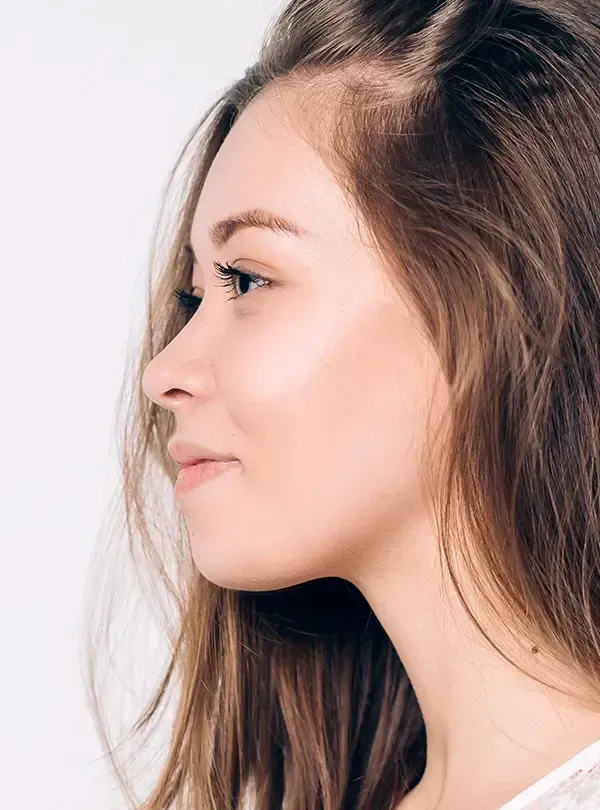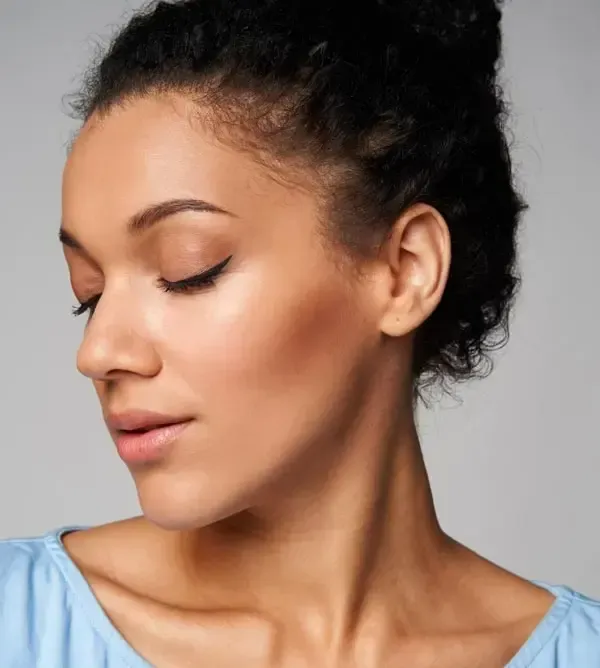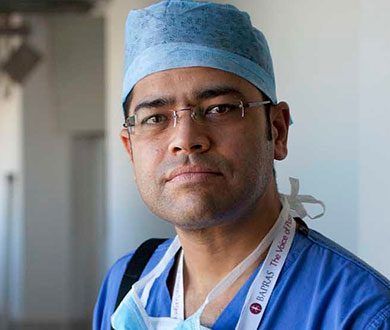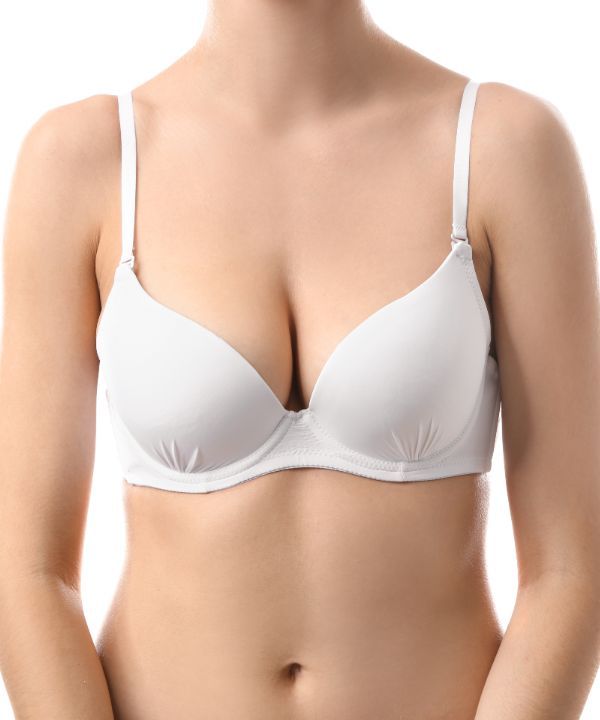A Guide to Piezo Rhinoplasty

A rhinoplasty, or nose job, is one of the original plastic surgeries and has been performed for decades to change the shape and size of the nose, and sometimes even to correct breathing difficulties. Traditionally the procedure would be performed with tools that resemble a hammer and chisel. Recently, however, a newer technique employed by Mr Naveen Cavale, is creating significant benefits for patients. Introducing the Piezo Rhinoplasty – a new technique that reduces downtime, minimises bruising and produces remarkable results for patients. Mr Naveen Cavale answers all the questions around this procedure below.
What is a piezo rhinoplasty?
Put simply, a piezo rhinoplasty is another name for an ultrasonic rhinoplasty where high energy ultrasound waves are used to cut and re-shape the bone. Usually we would approach a rhinoplasty by using what is effectively a hammer and chisel to break the bones, which can be unpredictable, however, the piezo tool (it looks a bit like a pen, with different attachments) allows us to cut and contour the bone with ultra precision. It’s so gentle that it can be used to cut an egg shell without damaging the membrane underneath.
What is the benefit of having a piezo rhinoplasty?
The main benefit is that it can more accurately target specific areas of the nose, all without damaging the soft tissue around the nose. The result of this is significantly less bruising which can lead to reduced down time for the patient.
An additional benefit of the piezo technique is that there is less risk of breaching the barrier of the brain (known as the dura). There’s more control with the piezo technique meaning you’re less likely to damage the dura.
Finally, due to the accuracy of the piezo, we are less likely to see patients come back for further revision surgery.
Who is a piezo rhinoplasty suitable/not suitable for?
A piezo rhinoplasty is a good option for those who want to remove a bump, create a narrower nose or re-shape the top part of the nose. The piezo only works on bone and therefore cannot be used purely for nose tip work or for septoplasty surgery as these areas are made from cartilage.
What is the recovery like following a piezo rhinoplasty?
All patients will experience some mild discomfort following a rhinoplasty, with those who have had work on their septum experiencing slightly more pain. However, because bruising is significantly reduced, there is less pain associated with this.
There has been some criticism of the piezo technique as some believe that it can cause more swelling. When the piezo was originally used for a rhinoplasty it required a lot of dissection. However, with the newer smaller tools, I have developed a technique with minimal dissection, which offers no more swelling than a traditional rhinoplasty.
In terms of post-surgery, I put some light packing up the nose, but this is removed before patients go home. We put a split on the outside of the nose to hold things in place and this needs to stay on for 2 weeks until we review your surgery at the clinic. At that point, we’ll take the cast off and you can go on your way.
Finally, it’s worth noting that this procedure doesn’t require an overnight stay and that it can take at least 6 months to see the final result as you fully heal.
Why aren’t all surgeons carrying out piezo rhinoplasties?
There are two reasons why I think piezo rhinoplasties aren’t carried out by all surgeons. Firstly, the piezo technology is really quite expensive meaning it might be not a viable option for some practitioners. Secondly, using the piezo device for rhinoplasties is a fairly new technique. I’m sure that as more surgeons learn about the benefits of this technique over the traditional methods, we’ll see piezo rhinoplasties become much more widespread.










